ESE PEQUEÑO NEUTRINO...
Neutrinos are one of the fundamental particles which make up the universe. They are also one of the least understood. Neutrinos are similar to the more familiar electron, with one crucial difference: neutrinos do not carry electric charge. Because neutrinos are electrically neutral, they are not affected by the electromagnetic forces which act on electrons. Neutrinos are affected only by a "weak" sub-atomic force of much shorter range than electromagnetism, and are therefore able to pass through great distances in matter without being affected by it. If neutrinos have mass, they also interact gravitationally with other massive particles, but gravity is by far the weakest of the four known forces.
While the Standard Model, which very accurately describes the interactions of elementary particles will most definitely not have to be rewritten, there will be less dramatic effects. The question of how particles acquire mass is one of the deepest unsolved mysteries of elementary particle physics. Neutrinos had been thought to be the only fundamental constituent of nature which did not have a mass. In light of this discovery, that long-standing belief will have to be revised. However, the Standard Model itself does not "predict" one way or another whether neutrinos have mass - this one of the many parameters of the model which must be input by hand. This is in fact one of the universally recognized shortcomings of the Standard Model, and why most physicists doubt it is the complete, final theory. A truly complete theory would predict the masses of the elementary particles rather than requiring them as inputs.
The effects of the very small neutrino mass implied by the Super-Kamiokande result will probably be minimal in terms of affecting the quantitive predictions of the Standard Model. More promising is the prospect that knowledge of the existence of neutrino masses, and an estimate of their magnitude, will shed light on the larger question of how the particles have the mass that they do. With the discovery of neutrino mass, it now appears that mass is a property common to all matter - in itself a highly significant discovery.
To detect the high-energy particles which result from neutrino interactions, Super-Kamiokande exploits a phenomenon known as Cherenkov radiation
Charged particles (and only charged particles) traversing the water with a velocity greater than 75% of the speed of light radiate light in a conical pattern around the direction of the track, as at left. Bluish Cherenkov light is transmitted through the highly-pure water of the tank, and eventually falls on the inner wall of the detector, which is covered with photo-multiplier tubes (PMT's). These PMT's are each sensitive to illumination by a single photon of light - a light level approximately the same as the light visible on Earth from a candle at the distance of the moon!
Since neutrinos themselves cannot be directly detected, Super-Kamiokande detects the by-products of their interactions inside the water volume of the detector and the nearby rock outside. Two sources of neutrinos are available for our studies.
"Atmospheric" neutrinos are produced when cosmic ray particles from outer space collide with the Earth's atmosphere, producing a spray of secondary particles including electron- and muon-neutrinos. Neutrinos are produced in the atmosphere above Super-Kamiokande, and everyplace else on Earth. Hence neutrinos produced on the opposite side of the Earth actually pass all the way through the Earth, and arrive at the detector from below.
In addition to neutrinos produced in the Earth's atmosphere, the Sun is also a source of neutrinos. These are produced in the complex chain of reactions which generate the Sun's power. These "solar" neutrinos are all of the electron type, and are considerably lower in energy than atmospheric ones. As a result the solar neutrino analysis is inherently more difficult since radioactive decays of materials in and around the detector create charged particles of comparable energy.














































































































































































































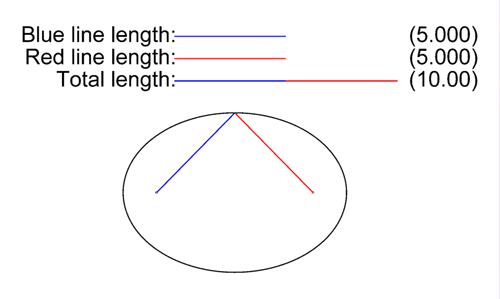




















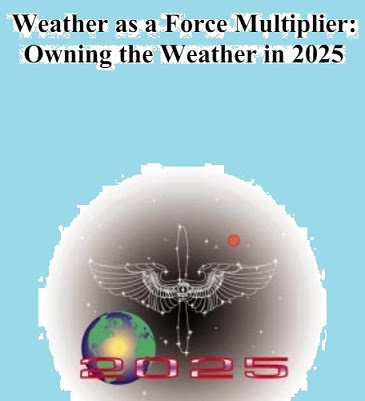






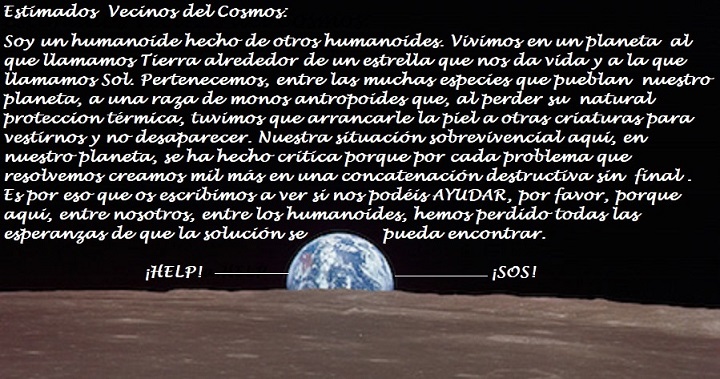
























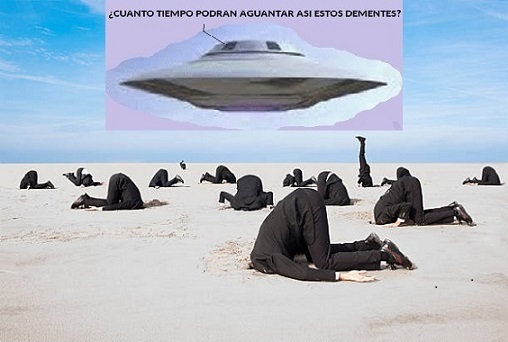















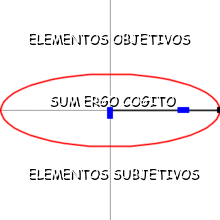










.jpg)








































































































